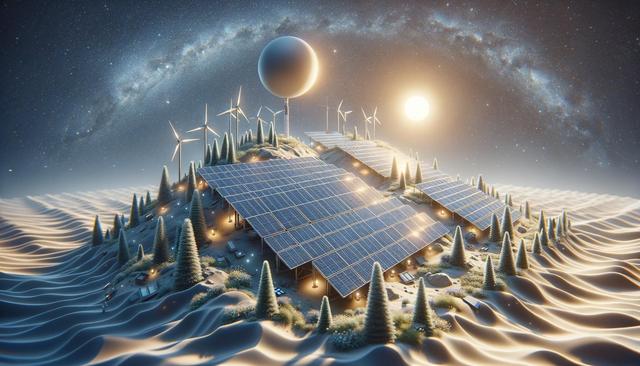The Growing Appeal of Solar Power for Homeowners
As energy prices fluctuate and environmental awareness increases, more homeowners are evaluating the long-term benefits of switching to solar power systems. The decision to invest in solar is often fueled by the desire to reduce monthly utility costs, increase property value, and decrease reliance on traditional energy sources. Solar power energy harnesses the natural resource of sun energy, converting it into usable electricity through solar panels. This clean and renewable form of energy is becoming a practical solution for households looking to future-proof their energy needs while making environmentally conscious choices.
Homeowners are discovering that with technological advancements and more accessible financing options, the installation of solar PV systems has become more streamlined and feasible. These systems can be customized to fit various roof sizes and energy needs, making them a flexible option for urban and rural properties alike. In addition, local incentives and government programs often support the initial investment, making solar adoption more attractive than ever before.
Understanding Solar Power Systems
A typical solar power system consists of several components designed to work together to capture, convert, and store sun energy. The most visible of these are solar panels, which are typically installed on rooftops. These panels contain photovoltaic cells that convert sunlight into direct current (DC) electricity. An inverter then converts this into alternating current (AC), which powers most home appliances.
There are two primary types of solar PV systems:
- Grid-tied systems: Connected to the public electricity grid, allowing homeowners to draw power when solar production is low and send excess energy back to the grid.
- Off-grid systems: Completely independent of the grid, often including battery storage to provide power during night or cloudy days.
Each setup has its advantages depending on location, energy needs, and budget. Grid-tied systems are generally more affordable initially, while off-grid systems offer greater energy independence. Understanding these factors helps homeowners make informed decisions that align with their goals.
Economic Considerations and Potential Savings
One of the most compelling reasons homeowners switch to solar power energy is the potential for long-term savings. While the upfront cost of installing solar panels can be significant, the return on investment often becomes evident within a few years. Reduced monthly electricity bills, potential tax credits, and state-level incentives contribute to shorter payback periods.
Key financial benefits include:
- Lower utility bills due to decreased reliance on grid electricity
- Net metering programs that credit you for excess solar energy sent back to the grid
- Increased property value due to energy-efficient upgrades
Moreover, as the cost of traditional energy sources continues to rise, the relative value of generating your own solar power becomes even more apparent. Many homeowners find that solar systems provide a level of predictability and control over energy expenses that traditional sources cannot offer.
Environmental Impact and Sustainability
Beyond financial savings, solar power systems contribute to significant environmental benefits. By utilizing sun energy rather than fossil fuels, solar panels greatly reduce greenhouse gas emissions and air pollutants. This helps combat climate change and supports global sustainability efforts.
Here are some of the key environmental advantages of solar energy:
- Reduces dependence on non-renewable energy sources
- Decreases carbon footprint and mitigates climate change
- Promotes cleaner air and water by reducing pollution
Choosing solar PV systems aligns with broader global goals of reducing environmental degradation and promoting cleaner energy alternatives. Homeowners who adopt solar are not just making a personal investment—they’re contributing to a healthier planet.
Practical Steps Toward Installation
For those considering the switch, the process of installing solar power energy systems is more approachable than it may seem. It typically begins with a home energy audit and solar assessment to determine suitability. Factors such as roof orientation, shading, and energy consumption patterns are evaluated to design an optimal system.
The steps to installation often include:
- Initial consultation and site assessment
- System design and proposal based on energy needs
- Permitting and utility approvals
- Installation and system testing
- Connection to the grid or battery storage setup
Working with experienced professionals ensures that the entire process runs smoothly and complies with local regulations. Many service providers also offer ongoing maintenance packages, ensuring the system continues to operate efficiently for years to come.
Conclusion: Why More Homeowners Are Choosing Solar
Solar energy is no longer a niche solution—it has become a viable and increasingly popular option for homeowners looking to reduce energy costs, promote sustainability, and gain energy independence. The combination of technological improvements, financial incentives, and environmental benefits makes solar power systems an attractive long-term investment. Whether motivated by economic savings or a desire to make environmentally responsible choices, installing solar panels offers a practical pathway toward a more efficient and cleaner energy future.




Leave a Reply